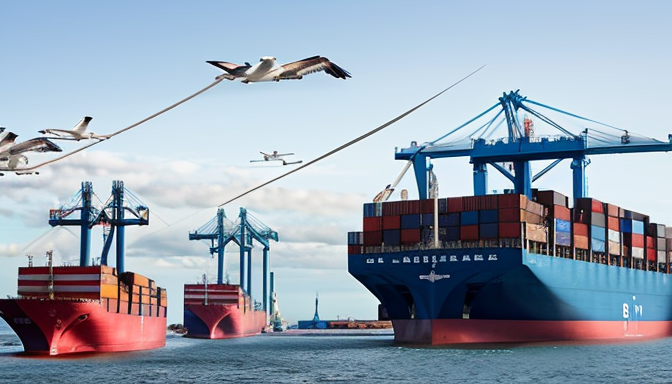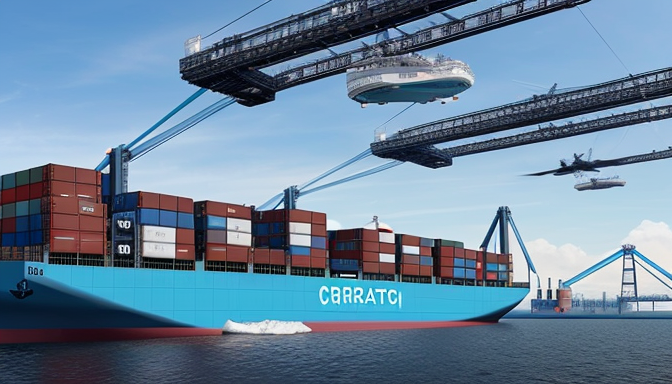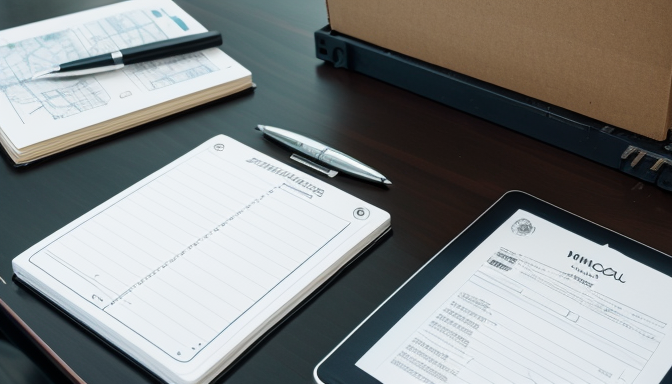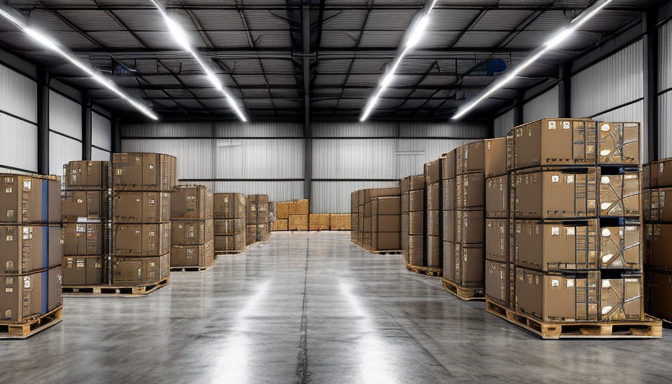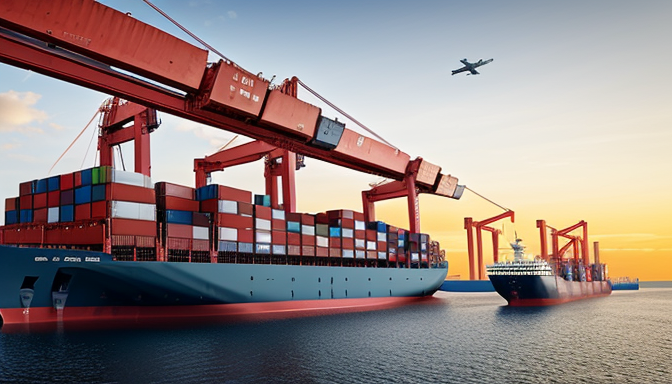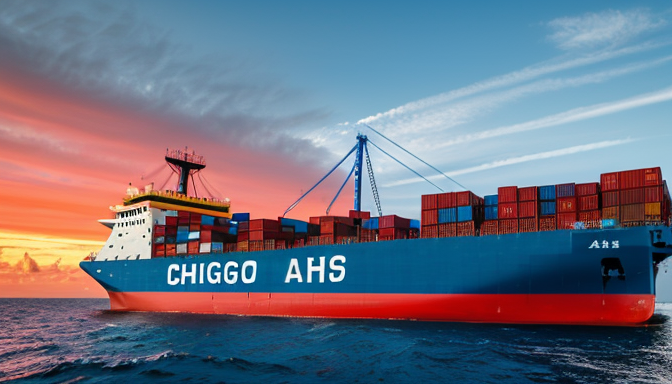Unpacking the Myths of Maritime Shipping
When you think about maritime shipping, what comes to mind? For many, it’s a tangled web of misconceptions that often overshadow the realities of this vital industry. Picture a bustling port, where massive container ships glide through the water like giants, carrying goods from one corner of the globe to another. It’s not just about moving cargo; it’s about connecting economies and cultures. In fact, over 80% of global trade by volume is conducted by sea, making maritime shipping a cornerstone of international commerce.
As we dive deeper into the world of shipping, it’s essential to understand the latest trends shaping this industry. The rise of containerization has revolutionized how goods are transported. These standardized containers make loading and unloading efficient, cutting down on time and costs. For instance, a single container ship can carry more than 20,000 containers at once! That’s like stacking a small city’s worth of goods onto a floating fortress.
Moreover, advancements in port technology are transforming how we handle shipping logistics. Automated cranes and smart systems streamline operations, reducing delays and enhancing safety. Have you ever considered how these innovations not only boost efficiency but also contribute to a greener future? With efforts to optimize fuel consumption and reduce emissions, the maritime industry is steering towards sustainability, proving that it can indeed be a responsible player in the global market.
Environmental Impact of Maritime Shipping
When we think about the environmental impact of maritime shipping, many of us picture massive ships belching smoke into the air, polluting our oceans and contributing to climate change. However, this perception is often more myth than reality. In fact, maritime shipping is one of the most efficient modes of transportation available today. Did you know that shipping goods by sea can produce up to 90% less carbon dioxide per ton-mile than road transport? That’s right! This efficiency is largely due to the sheer volume that ships can carry, making them a vital component of global trade.
Moreover, the industry is actively working towards sustainability. Innovations in port technology and container systems are paving the way for greener operations. For instance, many ports are now equipped with shore-to-ship power systems that allow vessels to plug into the local electricity grid while docked, reducing the need for onboard generators and cutting emissions significantly. The introduction of low-sulfur fuels and advancements in hull design are also helping to minimize the environmental footprint of shipping.
As we explore these trends, it’s clear that the maritime shipping industry is not just a major player in global trade but also a key participant in the fight against environmental degradation. With ongoing investments in technology and sustainable practices, the future of maritime shipping looks promising. So, the next time you hear about the environmental impact of shipping, remember that the industry is evolving and striving to be part of the solution, not the problem.
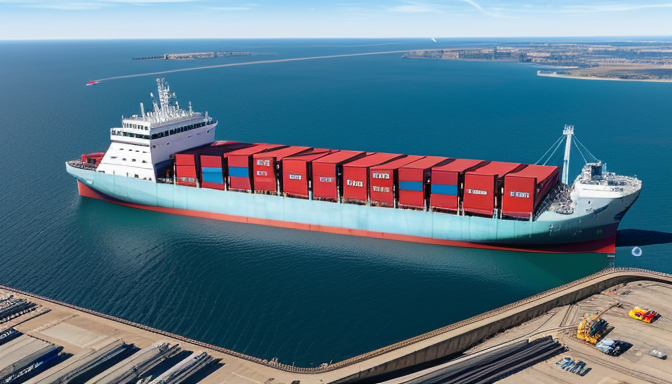
Safety and Security in Maritime Operations
When we think about maritime shipping, many of us conjure up images of pirates and perilous sea voyages, but in reality, the industry is anchored in robust safety measures and cutting-edge technology. The truth is, maritime operations are among the most heavily regulated sectors in the world. Did you know that the International Maritime Organization (IMO) sets strict guidelines that all shipping companies must adhere to? These regulations are not just a bunch of red tape; they are designed to ensure that every voyage is as safe as possible.
One of the most significant advancements in maritime safety is the use of container systems. These systems have revolutionized how goods are transported, making it easier to secure cargo and minimize risks during transit. Imagine a world where containers are stacked like building blocks, each one meticulously designed to withstand the harshest conditions at sea. This innovation has drastically reduced the chances of accidents and cargo loss.
Moreover, ports are now equipped with state-of-the-art technology that enhances security. From automated cranes to advanced surveillance systems, the focus is on ensuring that every aspect of shipping is monitored. For instance, many ports use real-time tracking systems that allow companies to keep tabs on their shipments at all times. This not only enhances security but also improves efficiency, as any potential issues can be addressed before they escalate.
In conclusion, while the myths surrounding maritime shipping may be captivating, the reality is that the industry is committed to ensuring safety and security at every level. So, the next time you think of shipping, remember that it’s not just about moving goods; it’s about doing so with a steadfast commitment to safety and innovation.
Frequently Asked Questions
- Is maritime shipping really bad for the environment?
Not at all! While it’s easy to think maritime shipping contributes heavily to pollution, it actually has a smaller carbon footprint compared to other transport modes like air freight. Plus, the industry is making strides towards sustainability with cleaner fuels and more efficient vessels.
- How safe is maritime shipping?
Safety in maritime shipping is a top priority! With advanced technology and strict regulations, the industry has significantly reduced accidents and piracy incidents. Think of it like a well-oiled machine, where every part works together to ensure safe passage across the seas.
- What measures are taken to ensure the security of shipments?
There are multiple layers of security in place, including surveillance, tracking systems, and international regulations. It’s like having a security team that’s always on alert, ensuring that your goods are protected from start to finish.
- Can maritime shipping handle large volumes of goods efficiently?
Absolutely! Maritime shipping is designed for bulk transport, making it one of the most efficient ways to move large quantities of goods across the globe. Imagine a giant conveyor belt that can carry everything from electronics to food supplies seamlessly!
